China’s Service Sector Picks Up Demand In September, Employment Declines
China’s service sector rose at the quickest pace in July quarter due to pick-up in demand according to the Reuter survey on Monday despite weaker sentiment because of lesser jobs over two years expansions amid higher cost pressure affecting profit margins.
The Caixin/Markit services purchasing managers’ index (PMI) grew to 53.1 in September from 51.5 the month earlier but still above the 50 mark, separating contraction from growth.
Faster progress implies its forward direction amid escalating trade row in the US.
Moreover, the official measurement of the non-manufacturing sector in the previous months published on the last day of September also shows continuous growth that was boosted by construction with government’s fiscal easing gaining demand.
The positive survey was driven by higher new business orders while the sub-index increased at the fastest rate in three months resulting to 52.4 from 51.7 in August.
China is relying more on services, especially high value-added services in finance and technology to lessen its dependence on heavy industry and investment, as to what they have been doing in the past years. At the same time, policymakers tried to kick up the pace of project approvals resulting to better infrastructure investment growth.
The progress of services sector would lessen the impact of US tariffs on China’s manufacturing sector. Yet, factory activity slowed in September after 15 months of expansion in the background of declining export orders in over two years based on a separate Caixin survey last week.
The services sector, constituting more than half of the economy in the first 6 months of the year, rose by 7.6 percent than a year earlier, exceeding the overall GDP growth of 6.8 percent.
The published rate of Caixin’s composite manufacturing and services PMI on Monday slightly grew to 52.1 in September from 52.0 the month earlier.
Nonetheless, despite positive growth in the services sector eased worries on Chinese policymakers, a sudden drop in employment in the sector seems to come out as an emerging stress.


 2Likes
2Likes LinkBack URL
LinkBack URL About LinkBacks
About LinkBacks







 Reply With Quote
Reply With Quote
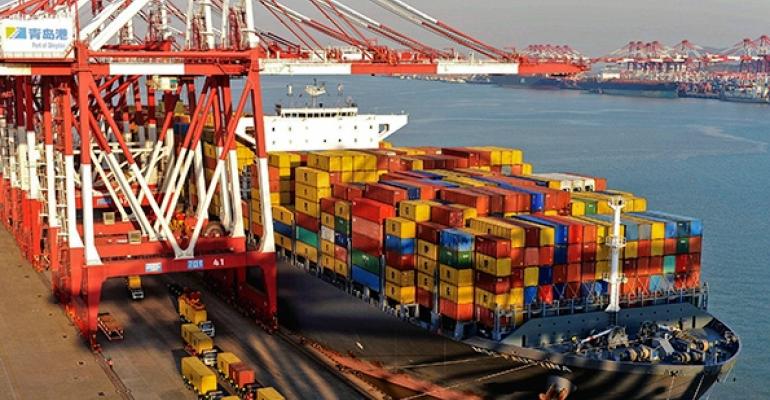

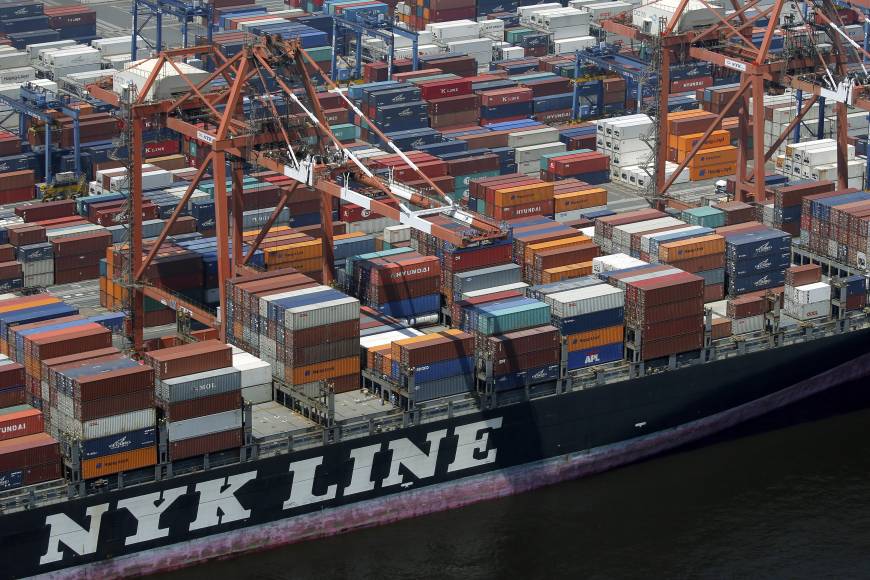
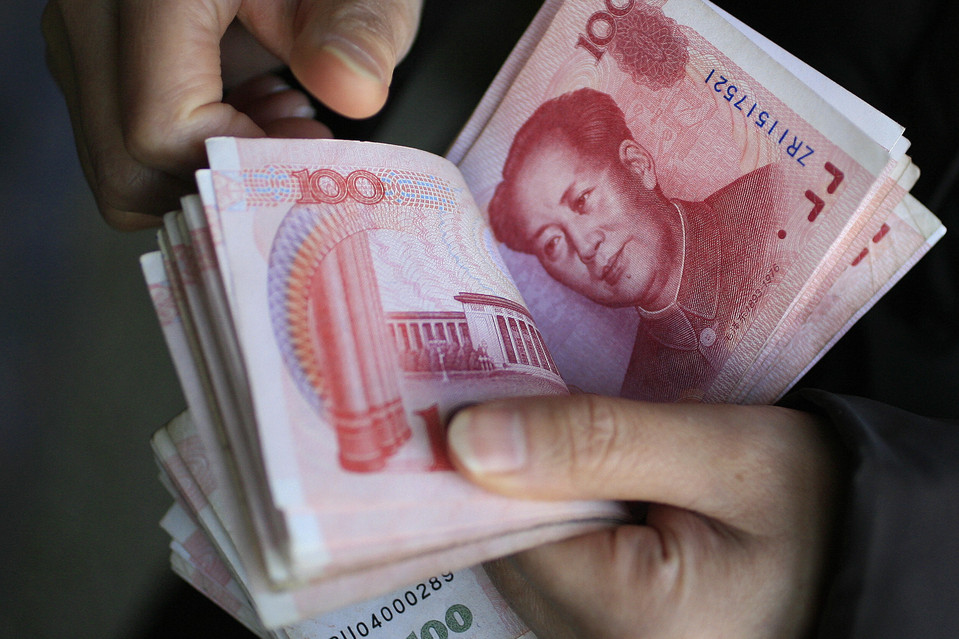

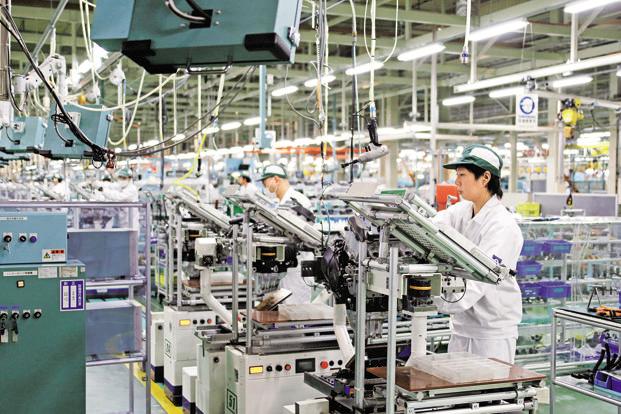

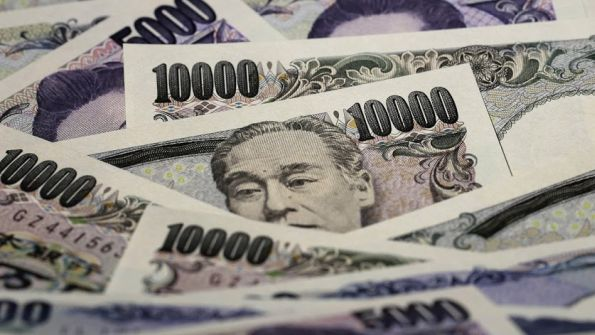


Bookmarks